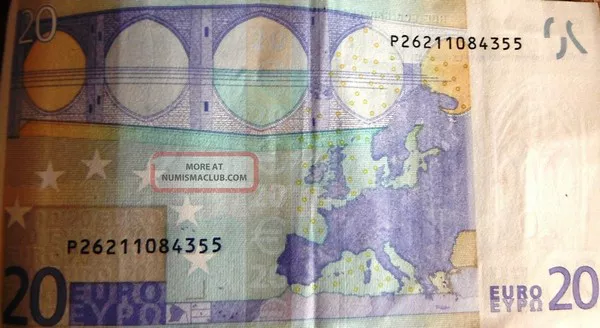01 is where trading takes place. It’s the largest market in the world.
Some participants in the market only convert their money into certain foreign currencies.
For example, multinational companies sell their products in different countries and have to pay wages and other expenses to the place of sale.
However, most participants in the foreign exchange market are currency traders who speculate on trends, just as those who speculate on the movement of stock prices.
Currency dealers try to profit from every tiny move in the exchange rate.
There is little “inside information” in the foreign exchange market.
Exchange rate fluctuations are usually determined by the actual flow of money and expectations of global macroeconomic conditions.
Important information is public.
So, in theory, anyone in the world could have access to the same information at the same time.
One currency is TRADED in ANOTHER currency.
Thus, each currency pair forms a product, usually labeled XXX/YYY.
YYY is a three-letter international code for a currency whose price is expressed as the price of XXX.
For example, /, the price of the euro is expressed in dollars, 1 euro = $1.2045.
Unlike stock markets and futures markets, the foreign exchange market is an interbank and over-the-counter (OTC) market, which means there is no single and unified trading floor for a given pair of currencies.
Markets for individual and foreign exchange brokers, brokers and banks, and between banks operate 24 hours a day.
When European hours end, Asian or American hours open, so all currencies in the world can be traded continuously.
Instead of waiting for the market to open like other markets, traders can react to news when it comes.
Like any market, there is a sum spread.
For major currency pairs, the difference between the price at which a market maker sells (” sells “or” offers “) to a large customer and the price at which it buys from a customer of the same size in the same market is very small, usually only 1 or 2 points.
Let’s say euro/is 1.4238, and the point is the “8” after the decimal point.
Hence, EUR/USD is likely to have a bid/sell price of 1.4238/1.4239.
Of course, this does not apply to retail customers.
Most individual currency speculators trade through a broker, who typically widens the spread to 3-20 points (so the quote in our example above might be 1.4237/1.4239 or 1.423/1.425).
Brokers often put up large deposits on behalf of their clients so that they can pay more for the bid price.
Because brokers are not regulated by the Securities and Exchange Commission (because they do not sell securities), they are not subject to the same uniform margin limits as the brokerage industry.
They usually do not charge interest on the margin.
However, since the currency trade must be completed within 2 days, it is necessary to “re-establish” its opened position (again charging the bid-ask spread).
Individual currency speculators can work during the day and trade at night to profit from the 24-hour operation of the foreign exchange market.
Risk appetite improved, the dollar fell, gold retreated and oil prices jumped 4 percent.
Please pay attention to the specific operation, the market is changing rapidly, investment needs to be cautious, the operation strategy is for reference only.



























